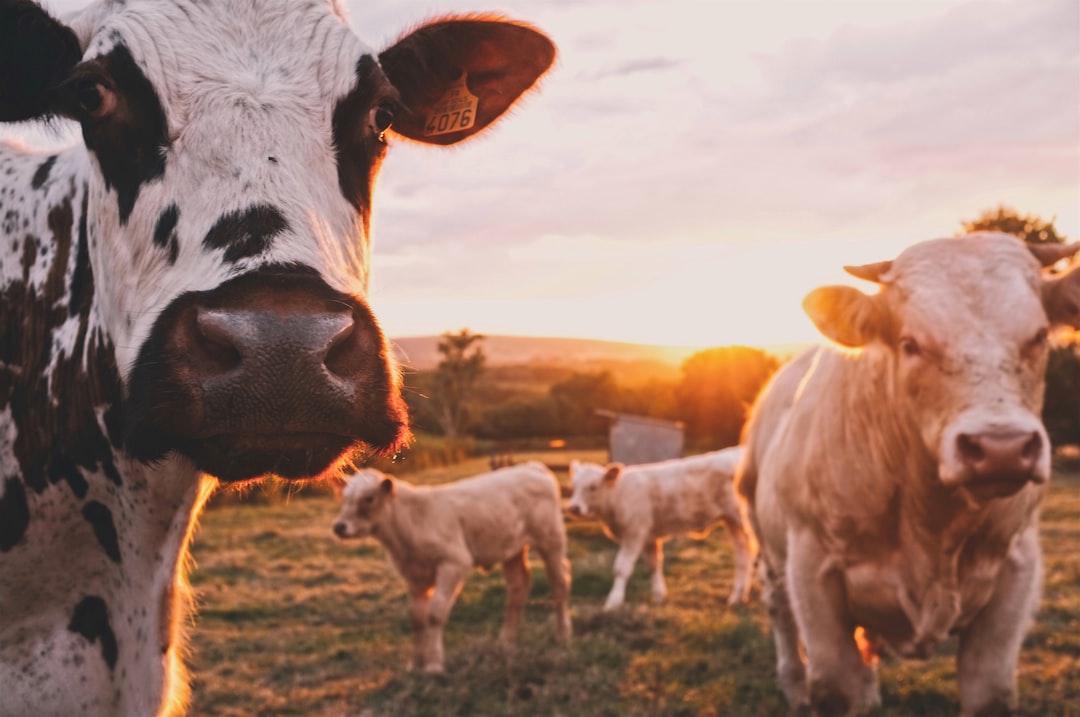Dairy farming in arid and tropical climates presents unique challenges due to extreme temperatures, limited water resources, and high humidity. These conditions can significantly impact milk production, animal health, and overall farm sustainability. However, through innovative adaptations and strategies, dairy farmers in these regions can maintain productivity and resilience. Here’s a comprehensive overview of the challenges faced and the adaptations that are transforming dairy farming in arid and tropical environments.
Challenges in Arid and Tropical Climates
Dairy farming in arid and tropical climates is fraught with several challenges:
-
Heat Stress
-
High temperatures and humidity can lead to heat stress, reducing milk yields and affecting animal health.
-
Increased energy expenditure for cooling systems is necessary to mitigate these effects.
-
-
Water Scarcity
-
Limited water availability for both animal hydration and crop irrigation can strain resources.
-
Efficient water management strategies are crucial to maintain farm operations.
-
-
Feed Availability
-
Pasture growth is often limited by arid conditions, necessitating alternative feed sources like concentrates or imported hay.
-
Droughts can exacerbate feed shortages, impacting milk production.
-
Adaptations for Arid Climates
In arid regions, dairy farmers employ several strategies to adapt to harsh conditions:
-
Cooling Systems
-
Shade and Ventilation: Providing adequate shade and ensuring good ventilation in barns can reduce heat stress.
-
Sprinkler Systems: Using sprinklers to cool cows directly can improve comfort and productivity.
-
-
Water Conservation
-
Implement efficient irrigation systems for feed crops and consider water-saving technologies like drip irrigation.
-
Harvest and store rainwater to supplement water supplies.
-
-
Feed Management
-
Drought-Resistant Crops: Plant crops that are resilient to drought conditions, such as sorghum or sudangrass.
-
Concentrate Feeding: Use high-quality concentrates to supplement pasture when available.
-
Innovations for Tropical Climates
In tropical climates, dairy farmers focus on managing humidity and optimizing animal health:
-
Genetic Selection
-
Breed cattle that are more tolerant of heat and humidity, such as Zebu or crossbreeds.
-
Select for traits that enhance milk production under tropical conditions.
-
-
Pasture Management
-
Rotational Grazing: Implement rotational grazing to maintain pasture health and prevent overgrazing.
-
Shade Trees: Plant shade trees in pastures to reduce heat stress.
-
-
Health Management
-
Regular veterinary checks and vaccinations are crucial to prevent diseases prevalent in tropical environments.
-
Monitor for signs of heat stress and implement cooling measures promptly.
-
Technological Innovations
Technology plays a significant role in enhancing dairy farming efficiency and resilience in challenging climates:
-
Precision Agriculture
-
Use satellite imaging and sensors to monitor pasture health and optimize irrigation.
-
Implement precision feeding systems to ensure optimal nutrition.
-
-
Automated Systems
-
Milking and Cooling: Automated milking and cooling systems can reduce labor and improve animal comfort.
-
Data Analytics: Utilize data analytics to track cow health, milk production, and environmental conditions, enabling proactive management decisions.
-
Conclusion
Dairy farming in arid and tropical climates requires innovative adaptations to overcome environmental challenges. By employing cooling systems, efficient water management, and genetic selection, dairy farmers can maintain productivity and ensure the long-term sustainability of their operations. As technology continues to evolve, integrating precision agriculture and automated systems will be key to enhancing resilience and efficiency in these challenging environments.
Additional Resources
For more detailed information on dairy farming adaptations in arid and tropical climates, consider the following resources:
-
Climate Adaptation Guides: Consult guides from organizations like the FAO for strategies on adapting dairy farming to climate change.
-
Precision Agriculture Tools: Explore technologies that can help optimize feed and water management in challenging climates.
-
Breeding Programs: Engage with breeding programs focused on developing heat-tolerant dairy breeds.
Citations:
- https://www.fao.org/4/t0413e/t0413e02.htm
- http://www.climatehubs.usda.gov/hubs/northeast/topic/weather-and-climate-considerations-dairy
- https://pmc.ncbi.nlm.nih.gov/articles/PMC8527484/
- https://worldscientific.com/doi/full/10.1142/S201000782350001X
- https://www.sciencedirect.com/science/article/pii/S0167880919302087
- https://fil-idf.org/dairy-declaration/climalait-adapting-to-climate-change-for-resilient-french-dairy-farms/
- https://www.sciencedirect.com/science/article/pii/S2405844020312172
- https://www.sciencedirect.com/science/article/abs/pii/S0308521X23000148

Comments
No comments yet. Be the first to comment!
You must be logged in to comment. Login